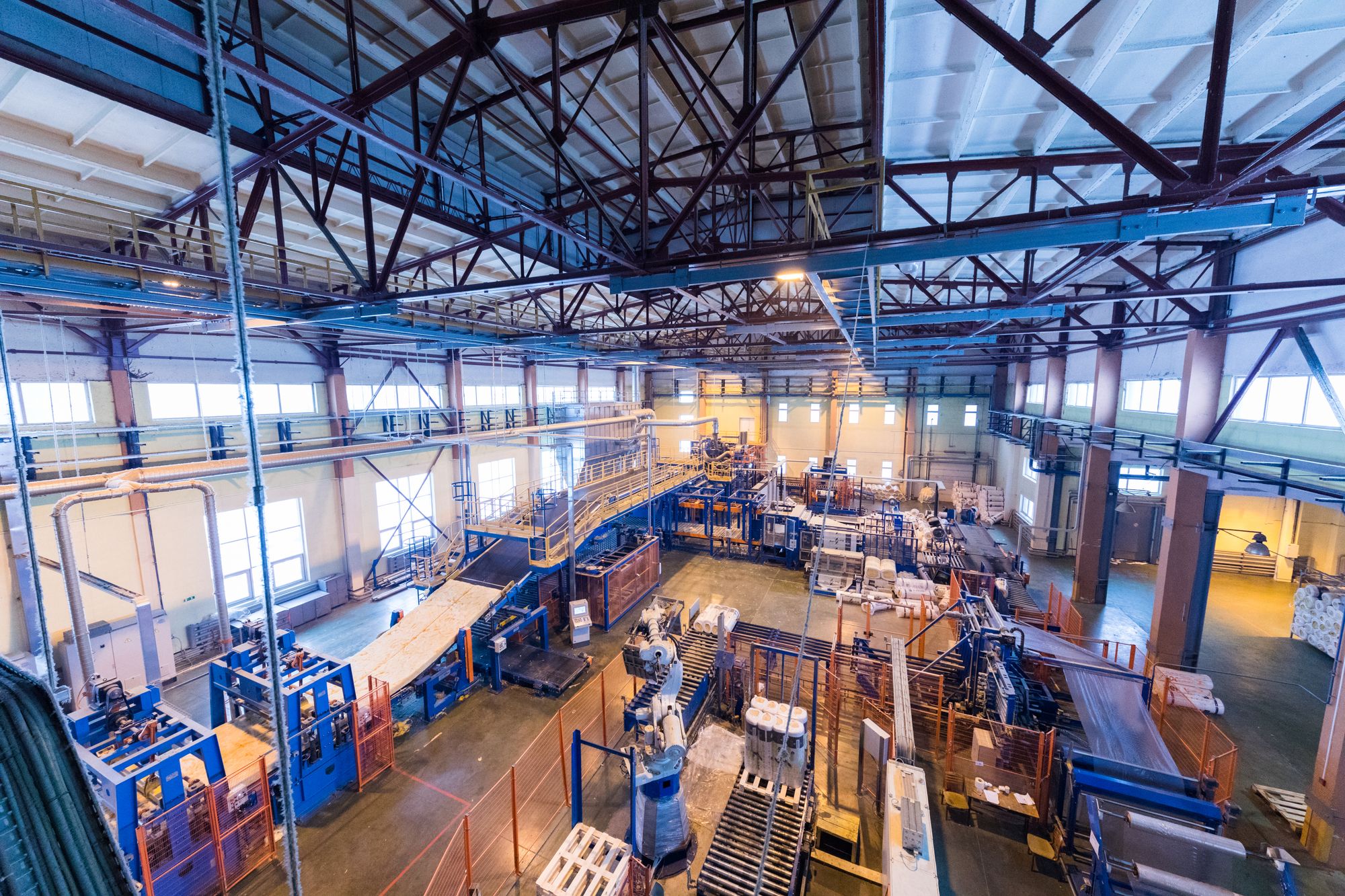Thursday, January 30, 2025
The Rise of Second-Gen Factory Bosses: A New Chapter in China’s Manufacturing and Brand Marketing

In the heart of China’s bustling manufacturing hubs, a new wave of leaders is taking over family businesses. These "Second-Gen Factory Bosses" (or 厂二代, chang er dai), often Western-educated and globally minded, are inheriting the factories their parents built from scratch in the past decades. Their journey from overseas campuses to factory floors offers fascinating insights into China’s manufacturing evolution—and its future.
The First Generation: Entrepreneurs Built by Grit and Opportunity
Let’s start with their parents' stories who were born in the 1960s and early 1970s. Many of these first-generation entrepreneurs left school early because in a new-born country, the family income was too little, which relied largely on agriculture and handicraft production, limited by the manpower of a family. Not to mention the immature public education system back then, which was far from universally available compared to 9-year compulsory education in China today.
In the 1990s, as they reached adulthood and started families, these individuals took a leap into entrepreneurship. Without formal education, how did they start their businesses? A common path was apprenticeship. Many learned skills working in factories owned by better-off relatives. Once they had mastered their craft, they branched out, often starting small workshops nearby. Their first successes often came from connections with their previous employers—inheritance of small clients or outsourced orders too minor for larger factories to handle.
When China joined the WTO in 2001, these small workshops evolved into thriving factories, riding the wave of global demand for low-cost manufacturing.
These pioneers faced challenges unimaginable today—language barriers being one of the biggest. Instead of directly working with international brands, they often relied on export trading agencies to bridge the gap. These agencies handled everything from taxes to client communications, creating a buffer that allowed factories to focus on production. The model worked well: factories got paid quickly, kept cash flowing, and avoided the headaches of international bureaucracy.
A typical size of the factory, if the first generation kept managing it sustainably from the 1990s, could nurture a business whose revenue is around 100 million RMB ($15 million), distributing earnings to the family around 20 million RMB ($3 million) annually. The family accumulates property assets along with the cash inflows.
One factory owner I met in Dongguan, though he was still only in his 30s, still epitomized this old-school entrepreneurial grit. He had moved from Sichuan province as a teenager, worked as a factory apprentice, and opened his own shop in his twenties. By the time I visited, just after the Covid pandemic swept across the nation, his factory was healthily generating 30 million RMB ($4 million) annually, with a solid 20% profit margin. Run by just him, his brother, and 50 workers, it was a lean operation.
“I didn’t finish high school,” he said, “but I’ve made enough to take care of my family.”

Why the Second-Gen is Stepping In
So, why are these second-gen kids—many of whom had a taste of educational and corporate life abroad—choosing to return to their family factories instead of climbing the career ladder in cosmopolitan cities like Shanghai, Hong Kong, or even New York?
The answer, as I discovered through multiple interviews, lies in economics, family dynamics, and a heavy dose of pragmatism.
The Corporate Grind Isn’t as Rewarding
Let’s face it: China’s job market is competitive, and pay isn’t always commensurate with effort. A freshly minted graduate from a top university might earn 150,000 RMB ($20,000) a year in a big-name corporate job. But when you compare that to a family business pulling in tens of millions annually, the math becomes clear.
One factory owner’s son put it bluntly:
“Why would I hustle in a 9-to-9 corporate job and often with OT for years when the family factory offers a much faster track to wealth—and freedom?”
The first-gen, who never trained in international firms, would expect their children to learn the good management system from large corporations, and thus will ask the second gen to land on a job in large to train themselves for a year or two, before they finally find the capabilities may not be transferrable.
Culture Shock Back Home
Many second-gen heirs grew up or studied abroad, absorbing Western workplace norms like structured hierarchies, clear KPIs, and professional boundaries. Coming back to China, they often find the local corporate culture chaotic and hard to adapt to. Family businesses, despite their challenges, feel like a safer landing pad.
The Trade-offs of Family Business
But it’s not all smooth sailing. Running a family business comes with its own unique set of pressures.
Endless Expectations
Imagine this: after years abroad, you finally return home, and suddenly, you’re the family’s go-to for anything involving emails, contracts, or foreign clients. One second-gen factory boss told me his father would call him over at breakfast just to help decode emails from international buyers.
“It’s like being on call 24/7. At work, I’m the ‘boss’s kid.’ At home, I’m still just ‘the kid.’”
Blurring Lines Between Work and Life
Many of these families live and breathe their businesses—literally. I’ve heard countless stories of late-night dinner-table debates about factory output or supply chain issues. For some, it’s inspiring. For others, it’s suffocating.
A New Vision for Chinese Manufacturing and Marketing
What makes these second-gen leaders stand out is how they’re reimagining the traditional factory model. Their parents thrived in an era defined by cost-efficiency and volume. The new generation, however, sees opportunities in technology, branding, to grow family businesses to a larger scale.
Take the daughter of a Guangdong-based printing factory owner I spoke with. Fresh from a U.S. MBA program, she wasn’t interested in just running the family business. Instead, she introduced automated machinery for end products and launched a direct-to-consumer e-commerce line. Despite many obstacles from the partners along the supply chain and doubts from parents and senior managers, within two years, she had doubled the factory’s profit margin.
One of my friends who had just started to get involved in the family business in Zhejiang, started deploying AI for the factory for more efficient client management and acquisition. He shared what they use: OKKI AI, a CRM software acquired by Alibaba with a 70% stake in 2020. His family was planning to invest in Southeast Asia and outsourcing to some poorer areas in China like Henan, where manpower is cheaper. Meanwhile, he would focus on client relationships and collaboration along the supply chain, and build more comprehensive solutions for clients to meet the demand for Peripheral products.
Other second gens I talked with, are active on Instagram, TikTok, Facebook, and even Reddit, developing marketing strategies to have potential clients and customers pay attention to their brands and factories. They told me they are in desperate need of marketing tools to synchronize the latest social media trends and syndicate customer insights all in one place, where they can efficiently be involved and have people see what they are doing and how good their products are.
For many, the dream isn’t just to produce for Western brands—it’s to create their own. They want to move from being manufacturers to becoming globally recognized names.

The Future: More Than Just Inheritors
As I traveled through China’s manufacturing heartland, one thing became clear: this second generation isn’t simply inheriting factories; they’re transforming them. They’re navigating family expectations while introducing innovation, bridging the gap between tradition and modernity.
In doing so, they’re not just carrying forward their parents’ legacies—they’re carving out their own. And in the process, they’re reshaping what “Made in China” means to the world.
The next time you see a product stamped with those three words, there’s a good chance it’s not just a symbol of cost-efficiency but also of the ambition and creativity of a generation redefining China’s role on the global stage.
